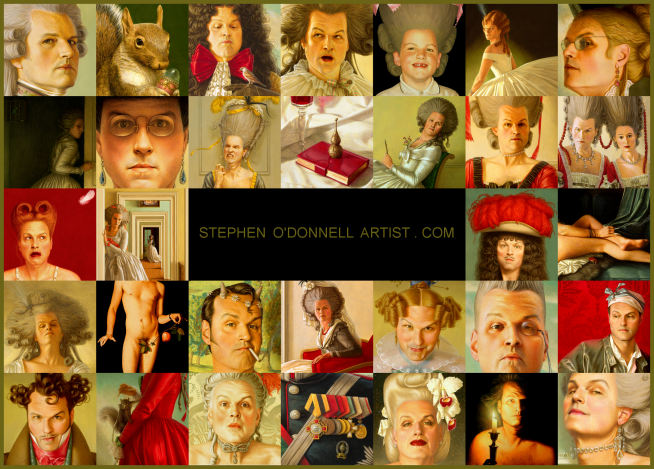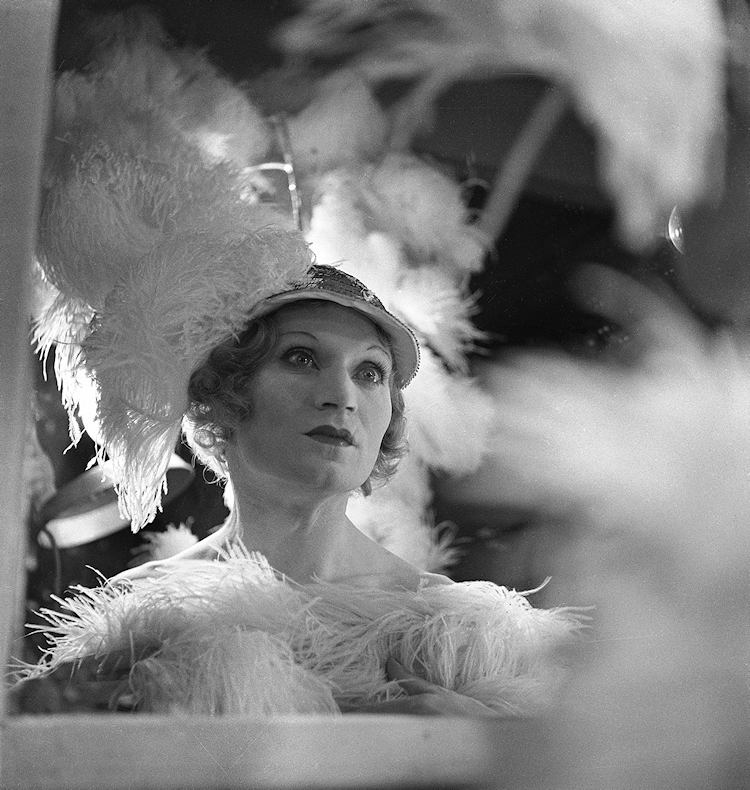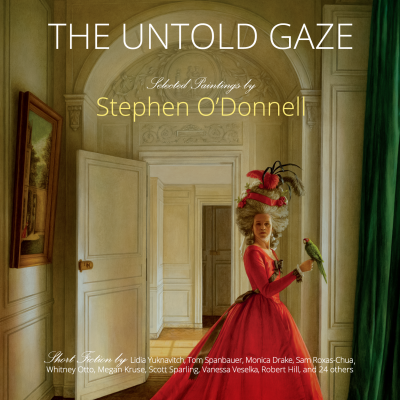 |
| La Brioche, by Jean-Baptiste-Siméon Chardin, 1763. |
It's said that Manet referred to the still-life as the "touchstone of the painter", and throughout his career he worked at examples of that genre. One of his most elaborately composed still-lifes, his
La Brioche of 1870, was inspired by a painting of that same title by the great Chardin which had only entered the collection of the Louvre the year before, part of the famous bequest of Dr. Louis La Caze.
 |
| La Brioche, by Édouard Manet, 1870. |
In the following years, Manet would again find inspiration in the iconic version, known as the brioche à tête or brioche parisienne.
 |
| Nature morte, brioche, fleurs, poires, by Édouard Manet, 1876. |
 |
| Nature morte, brioche, by Édouard Manet, 1880. |








%20and%20Great%20Western%201837.png)















_inscribed%20%E2%80%98I%20black%20with%20white%20bespott%20y%20white%20with%20blacke%20this%20evil%20proceeds%20from%20thy%20proud%20hart%20then%20take%20her%20-%20colo%20-%20Devill.%E2%80%99circa_1650.png)

%20and%20her%20cousin%20Lady%20Elizabeth%20Murray%20(1760-1825)%20David%20Martin%20circa%201778.png)

.png)
























